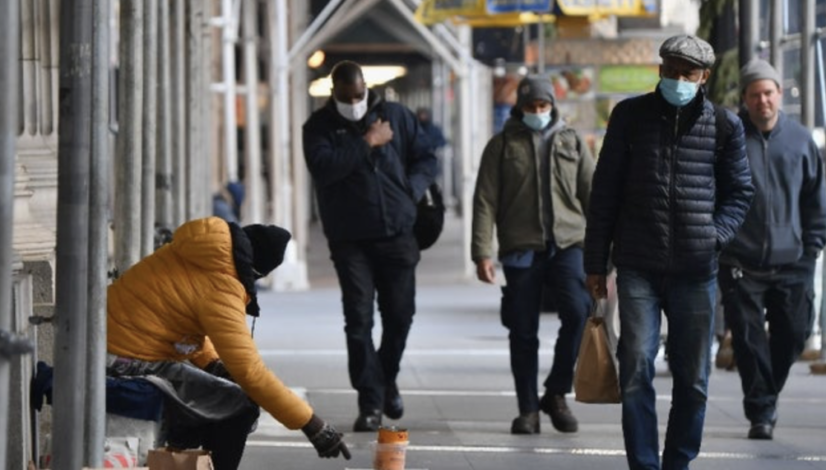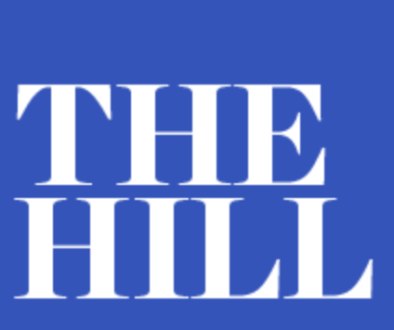Our rebounding economy doesn’t need more stimulus checks

It’s apparently impolite to ask, but can someone please explain why Democrats are so keen to send out $1,400 to able-bodied Americans who are still employed? That’s what’s in President Biden’s $1.9 trillion “relief” package, but, really, it’s time GOP legislators asked: relief from what?
For sure, COVID-19 has pummeled our country and our economy. There’s plenty of misery, ten million people are out of work and tens of thousands of small businesses are on the brink of failure.
But surely those are the people whom we should be helping, not those who still have jobs and whose incomes have not been impacted by the pandemic. After all, we could just as easily have sent those folks checks two years ago or we could send them $5,000 today instead of $1,400. There’s no rhyme or reason for the handouts, no logic to the amounts and the timing, except perhaps that Democrats think the payments will help them keep control of Congress in 2022.
That’s not good enough.
Astonishingly, in all the discussion about the relief bill, we’ve heard precious little about the actual state of the economy. Mostly what we hear is alarming forecasts, and especially from Democrats.
Biden recently warned, “We remain in a once-in-a-century public health crisis that’s led to the most unequal job and economic crisis in modern history… And the crisis is only deepening. It’s not getting better. It’s deepening.”
That is not true. The economy is still operating below its pre-pandemic level, but it has bounced back far faster than expected and should continue to grow.
The media, of course, has been enthusiastically echoing Biden’s warnings. US News & World Report recently ran a story with this headline: “Slumping Economy May Well Need Joe Biden’s $1.9 Trillion Booster Shot.”
The piece cites a weakening labor market and says the stimulus might be needed as the economy “stumbles into 2021.” But the report also acknowledges that the recent downturn in hiring has mostly been in sectors hit by the increased lockdowns in states such as California.
As Douglas Holtz-Eakin, president of the right-leaning American Action Forum, recently noted, “The economy lost 140,000 jobs in December because the leisure and hospitality sector lost almost half a million jobs, while the rest of the economy added jobs.”
The unexpected hiring downturn in December was a blow, to be sure, but it was largely the result of policies that shut down businesses, not a slump in demand.
The real picture is this: The economy is rebounding sharply from the COVID-induced downturn that began nearly a year ago. The government has just reported that GDP grew by 4 percent in the fourth quarter. There’s a good chance that will be revised higher; the Atlanta Fed GDPNow forecasting model had the quarter expanding by more than 7 percent, based on recent strong data.
For instance, housing is booming. The National Association of Realtors recently reported, “Existing-home sales rose in December, with home sales in 2020 reaching their highest level since 2006.” In addition, the Commerce Department reported that housing starts rose nearly 6 percent in December to a seasonally adjusted annual rate of 1.669 million units last month, compared to forecasts of 1.560 million.
Manufacturing is also doing well. From the Institute of Supply Management we hear that the Manufacturing PMI for the U.S. jumped to 60.7 in Decemberfrom 57.5 in November, exceeding forecasts of 56.6 and heralding the fastest growth in the sector since August 2018. Rising backlogs and orders suggest the gains will continue.
More good news came from higher shipments and new orders for capital goods in December and a positive read on business conditions from the National Association for Business Economics.
Meanwhile, on average the consumer is in good shape, with higher home and stock prices boosting net worth and the savings rate near 13 percent in November (the latest available.) Credit card spending in the early weeks of January was up by more than 5 percent year over year, boosted in part by the $900 billion package already passed by Congress.
Consumer analysts are forecasting strong future spending gains, bolstered by an estimated $1.4 trillion in excess savings.
For sure, millions are hard up, having lost their jobs because of COVID-19. Those are the people who need help, not those who are still working. As the virus recedes, as it appears to be doing, and as governors and mayors decide to unlock their economies, job growth will resume.
Writing recently in the Wall Street Journal, Jason Furman, former chairman of the White House Council of Economic Advisors under Obama, recommended that Biden’s relief plan include some triggers, which would diminish the assistance programs as hiring rebounds, or continue them if the economy slumps further.
It is a reasonable suggestion, but his support for stimulus checks stems from what he describes as a lack of demand. We don’t have a demand problem; we still have a COVID problem.
Spending will be curtailed as long as people are afraid to leave their homes and have no place to go. It all comes back to the virus, the pace of vaccinations and the date when we achieve herd immunity. With the number of people either getting the shot or surviving the virus rising week by week, some models suggest that will happen by July or August.
At that point people will begin to eat out, spend and travel; sectors like airlines and hotels will rebound. Even now, as the growth in cases has begun to drop, mobility indicators are tending higher.
Our biggest challenge is to help small businesses (those with fewer than 50 employees) survive until then. Such firms employ nearly half of private sector workers. Many are hanging on by a thread. The relief package that will emerge from Congress must prioritize those companies, making sure that thread doesn’t break.
Democrats will have to find another way to buy votes.
https://thehill.com/opinion/finance/536463-our-rebounding-economy-doesnt-need-more-stimulus-checks
Published on The Hill




